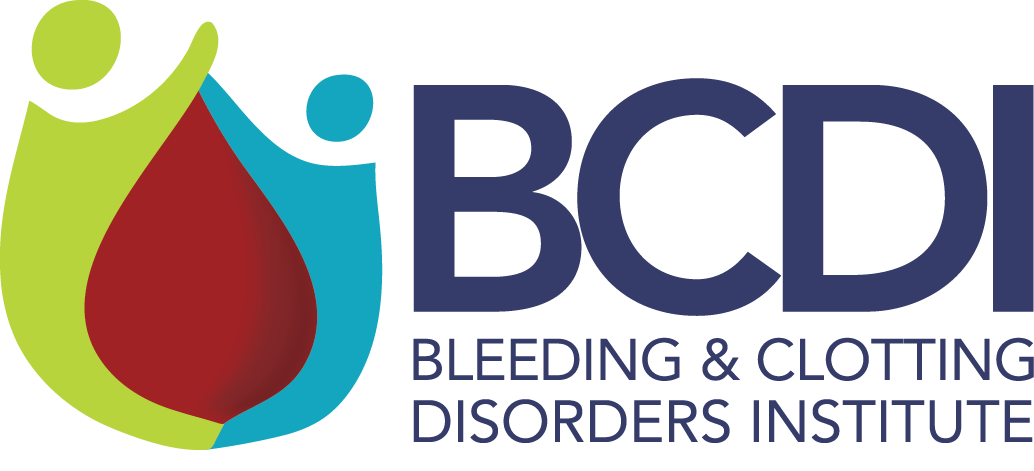 Blood clotting disorders is a term used to describe a group of conditions in which there is an increased tendency for excessive clotting. These disorders include inherited conditions, such as:
Blood clotting disorders is a term used to describe a group of conditions in which there is an increased tendency for excessive clotting. These disorders include inherited conditions, such as:
What is Thrombosis?
The development of a blood clot is called thrombosis. The vascular system includes both the venous system (the veins that deliver blood from the tissues to the heart) and the arterial system (the system that delivers blood from the heart to the tissues). Thrombotic episodes may occur in either system. The symptoms relate to the part of the vascular system in which they occur, the extent of the clot and whether the clot breaks off and travels to another part of the body (embolize).
There are different terms used to further define these thrombotic episodes, such as deep vein thrombosis (DVT) or peripheral vascular disease. For some patients we are now able to determine the underlying cause for an increased risk of excessive blood clotting. We are still not able to make this determination in all cases. This means there is still more to be understood about why some persons and families have thrombophilia.
Thrombosis is a very common medical problem. It is estimated that approximately two million people experience a DVT each year in the United States. In addition, nearly half of patients with deep vein clots experience long-term health consequences that adversely affect their quality of life and require millions of dollars of treatment.
What is Thrombophilia?
Thrombophilia is the increased tendency of thrombosis or blood clots. While people with hemophilia have an increased tendency to bleed, people with thrombophilia have an increased tendency to clot. Just as hemophilia is caused by an abnormality of a blood-clotting factor, some forms of thrombophilia are also caused by an abnormality or deficiency of a blood-clotting factor.
Thrombophilia is not a new disease, but it has become more recognized and more discussed due to an increased ability to test for and identify some of the underlying contributing abnormalities. People who experience episodes of thrombosis, either as an isolated event or as a repeated event, may be affected with a thrombophilic disorder. There are people who have inherited the gene, who have an increased tendency for thrombosis, but may never personally experience a blood clot. Many people can have a known thrombophilic condition and never experience a thrombosis.
Both children and adults can have thrombophilia. However, it is more commonly diagnosed in adolescents and adults due to normal changes in the hemostatic balance that occur with growth and aging. Even though men and women can have clotting disorders, these conditions pose added difficulties for women because of their relationship to reproductive issues. Women with these disorders can develop serious complications during pregnancy leading to miscarriage. Pregnancy, oral contraceptives and post-menopausal hormone replacement therapy are all potential triggers of DVT in women with thrombophilia.
Thrombophilia affects a large number of people around the world. Recent research shows that these disorders contribute significantly to morbidity and mortality in the United States. Each year, more than 600,000 Americans die from abnormal blood clots.
Treatment for Thrombophilia
People with thrombophilia may receive medications that affect the coagulation system. Some people with thrombophilia may be prescribed products to treat their thrombophilia either on a long-term or an intermittent basis, depending on the underlying cause of their thrombophilia.
- Some people with thrombophilia are treated with medications that are classified as blood thinners, which decrease a person’s ability to form a clot. Examples of these medications include aspirin, heparin, low molecular weight heparin and coumadin. There are also some specific medications (thrombolytic agents) that are given under certain circumstances to dissolve clots.
- People with thrombophilia may receive medications only during a time of increased risk of thrombosis or for a prolonged period of time (even for a lifetime), depending on their specific diagnosis and clinical circumstances.
There is an increasing need to have patients with thrombophilia seen by a team of medical professionals within one facility. Similar to hemophilia care and prevention services delivered through HTCs, integrated care may decrease the morbidity and mortality associated with thrombophilia.
